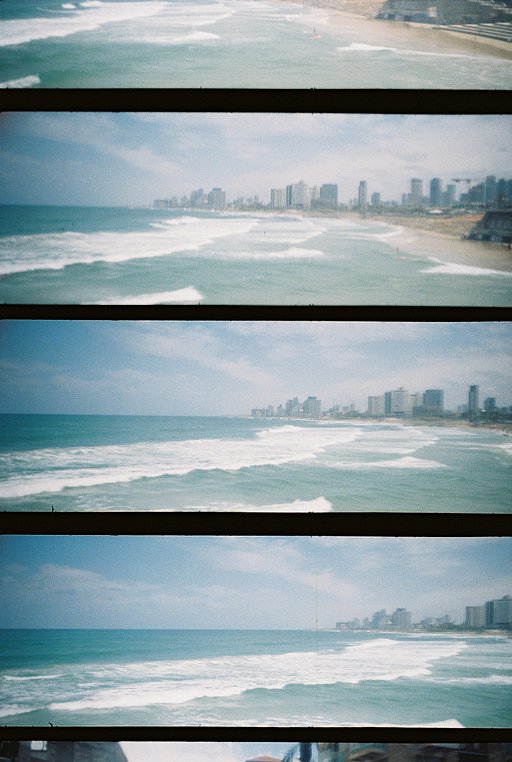Bokeh Basics: What You Need to Know About Bokeh
1 13 Share TweetCurious about bokeh and the look or feel you can achieve with it? This simple guide aims to equip you with the basic facts that you need to know so you can use bokeh to your advantage.
A good number of your favorite photographs most likely have an eye-catching element. Take a good look at them and you’ll notice the focused subject set against a nicely blurred and sometimes shaped background. See those gorgeous clusters of circles and swirls? That is called bokeh.
What is bokeh?
You’ve probably heard about it, but are still not quite sure about what it means. Simply put, bokeh — borrowed from the Japanese word boke which means “blur” or “haze” — is the blurry or unfocused part of a photo, and for some, it even refers to the “aesthetic quality” of the blur. However, it’s not the same as a deliberately defocused image.
What causes or creates bokeh?
Bokeh is achieved by using a fast lens — those with small f-number of at least f/2.8, with f/1.4 being ideal. Photographers, especially those who specialize in portraiture, go after fast prime lenses since they produce pleasant bokehs for stunning portraits. The larger the aperture (smaller f-number), the shallower the depth of field, and the more prominent the bokeh appears on the out of focus area in the background. The shape of the diaphragm blades (aperture) of the lens determines the shape and size of the bokeh.
How do you get those beautiful bokehs in your photos?
Once you’ve equipped your camera with a fast lens, simply select the biggest aperture (smallest f-number) and choose a background that will best create prominent swirls and circles: city lights, trees against the light, and even Christmas lights! If your lens isn’t very fast, you can still achieve some bokeh by positioning your subject significantly far from the background.

What are some ways you can play with bokeh?
Now that you’ve figured out how to make bokehs in your photos, you can start practicing and playing around with these beautiful blurs for eye-catching photos. Use them as backgrounds for portraits, make shaped bokehs, use them in doubles and multiple exposures, make them part of the whole picture, and take bokeh fireworks photos!
written by plasticpopsicle on 2014-04-23 #gear #tutorials #tips #bokeh #tipster #film-photography #basics






















One Comment